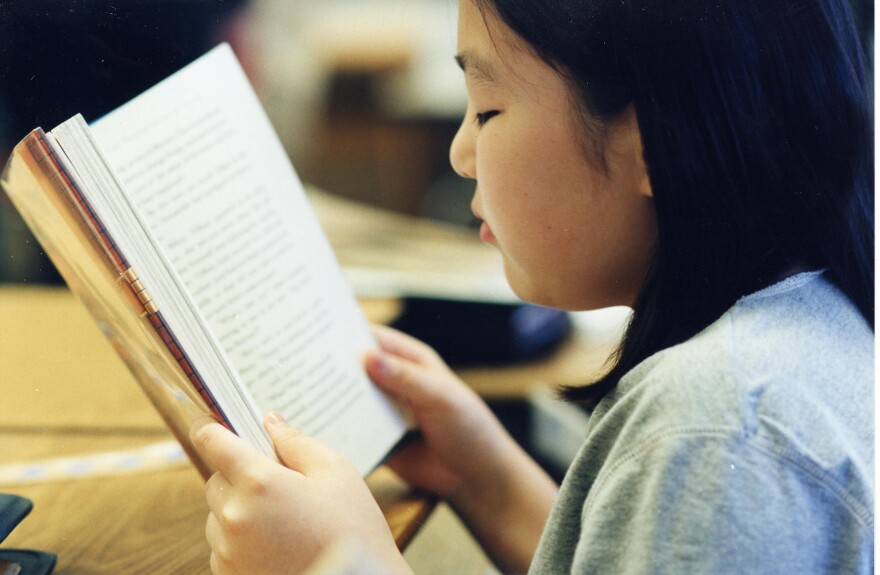Kansas Gov. Sam Brownback is rolling out a program aimed at boosting reading proficiency among Kansas students. State reading scores are generally near the top of national rankings, but the administration believes Kansas can do better.
A child advocacy group says it's a laudable goal, but its members aren't happy that the initiative will be funded by taking $9 million from the Temporary Assistance for Needy Families program (TANF).
The plan will add after-school programs in rural areas, and expand after school and summer programs at Boys & Girls clubs in urban areas. Brownback says the goal is to improve grade school reading proficiency and eventually bring more Kansans out of poverty.
“I am convinced that a key part of breaking that child poverty cycle is getting more kids to be able to read. If they can read, it opens the world up to them. If they can’t read, it shuts it down," says Brownback.
The state will partner with private organizations, including Save the Children. Andrew Hysell, with Save the Children, hopes this will be a model for other states.
“And should this program be successful, which I really, really truly believe based upon the incredible administrators and teachers that are here today, we’re going to have a model that’s great for Kansas and potentially great for the country,” says Hysell.
One of the programs in the initiative will require local districts to hire more staff to participate. Pittsburg Public Schools have been partnering with Save the Children for over a year. Administrators say that so far there have been some promising results from students who participated.
“All students have improved their reading scores and over 60 percent of these students have improved their reading scores by two grade levels or more,” says Brian Biermann, assistant school superintendent in Pittsburg.
He says they also offer a summer program that keeps students engaged when school isn’t in session.
“There’s a lot of research out there about summer reading loss," he says. "Kids go home, and then we have to pick that back up. So by having a summer program like Summer Boost, we keep those reading levels not just maintained, definitely not going down, but we can continue to climb as well.”
But some advocacy groups are not pleased with taking money from TANF for the reading initiative.
“I think there’s a lot of concern around diverting funds from our poorest families at a time when we know poverty’s on the rise and we know there are actually more families in need when it comes to families with children,” says Shannon Cotsoradis, with the group Kansas Action for Children.
Brownback’s administration says the TANF funding is in reserve after paying out benefits at the state’s current rate. But Cotsoradis says the dollars could also be put back into services for needy families.
“Those dollars should be reinvested in core welfare services, things like making sure families are working, providing for childcare and basic cash assistance,” she says.
Secretary of the Department for Children and Families, Phyllis Gilmore, says that yes, the state could choose to do other things with the TANF reserve dollars. But she says this is an appropriate use of TANF money, because students with higher reading scores are less likely to have out-of-wedlock births.
“Under the third tenant of TANF, to prevent out-of-wedlock pregnancies, that is totally appropriate and in line with the intention of Congress,” says Gilmore.
Some parts of the reading initiative will be appearing in around 20 schools this spring. The remaining pieces of the program are slated to be in place by fall 2014.


